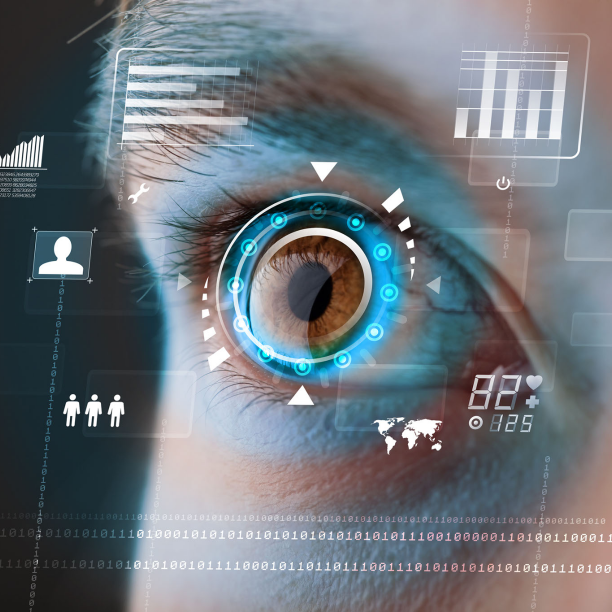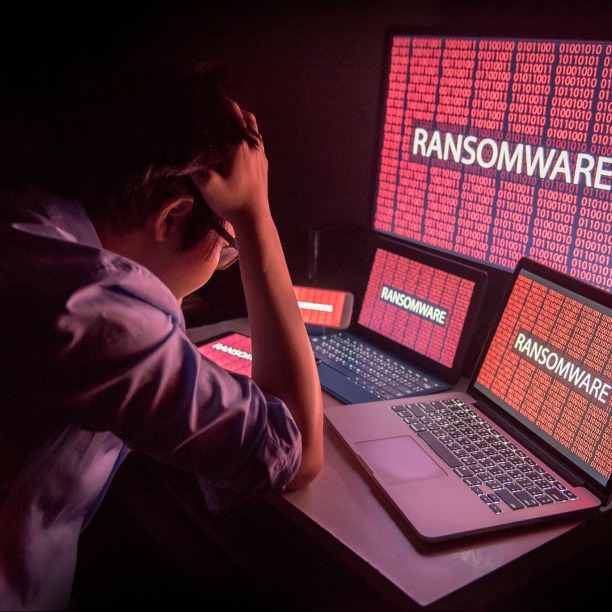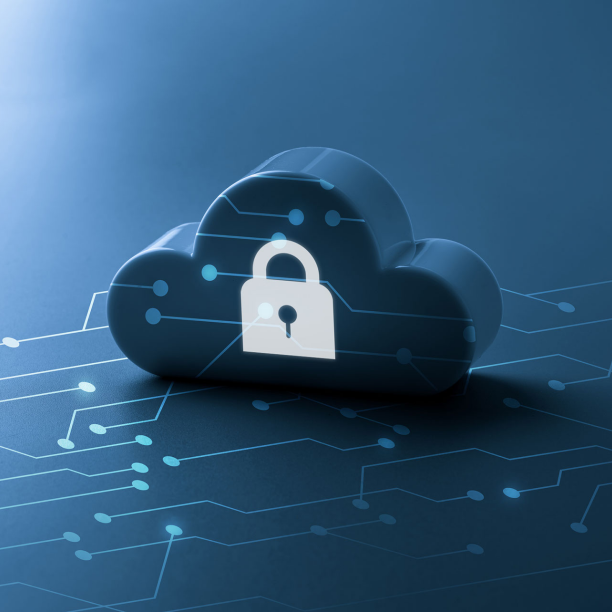What technology can protect them?
15 Apr 2023

How the growing shift to the digital edge will open businesses to more complex cybersecurity threats and what technologies can secure it?
Businesses will be more vulnerable to sophisticated cybersecurity threats as a result of the growing move to the digital edge, as organizations increasingly rely on dispersed computing and Internet of Things (IoT) devices to analyze data and make decisions in real-time. This is so that hackers have more opportunity to take advantage of systemic weaknesses as a result of the digital edge's expansion of firms' attack surfaces.
The sheer volume of devices and data sources involved makes safeguarding the digital edge one of the largest problems. Traditional security strategies that rely on firewalls and perimeter defenses are no longer adequate since they are unable to thwart assaults that come from inside the network. To secure the digital edge, businesses need to adopt a comprehensive security strategy that combines multiple technologies and approaches. Here are some of the technologies that can help secure the digital edge:
Zero Trust: The Zero Trust security approach operates under the presumption that every user and device connected to a network presents some level of risk. It mandates constant authentication and authorization for all users and devices, and it restricts access to sensitive resources to only those who have a legitimate need for them.
Identity and Access Management (IAM): IAM solutions offer a centralized management method for user identities, access rights, and permissions in an organization. It is possible for this to assist firms in controlling who has access to critical resources and preventing unauthorized access.
Network segmentation (Microsegmentation): Microsegmentation is the process of isolating individual subnetworks inside a larger network requires segmentation, which is the division of the larger network into many, smaller subnetworks, in-short it reduces broadcast domain. This can assist in stopping the propagation of malicious software and reducing the amount of damage that is produced by a cyberattack.
Artificial Intelligence (AI) and Machine Learning (ML): It is possible to employ AI and ML to detect and respond to cyber threats in real time using these technologies. These technologies may assist organizations in identifying trends as well as abnormalities in the behavior and traffic on their networks, and then automatically mitigating any hazards that are discovered.
EDR, MDR & XDR Solution: EDR, MDR, and XDR are names that are used to describe several types of cybersecurity solutions that assist businesses in detecting and responding to cyber attacks. A concise description of each phrase is provided below:
- 1. Endpoint Detection and Response (EDR) protects laptops, desktops, servers, and mobile devices. EDR systems identify and respond to malware, ransomware, and other cyberattacks by monitoring endpoint behavior.
- 2. MDR: Managed Detection and Response offers complete threat detection and response services. MDR solutions identify and address security risks throughout an organization’s IT infrastructure using sophisticated analytics and threat intelligence.
- 3. XDR: Extended Detection and Response is a new cybersecurity method that seeks a more comprehensive picture of an organization’s security. XDR solutions analyze security threats using data from endpoints, networks, and clouds. Advanced analytics and automation let XDR solutions detect and respond to threats faster.
Cloud Security: It is necessary to have robust cloud security measures in place, especially since enterprises are rapidly moving their activities to the cloud. This comprises the implementation of encryption, access restrictions, and monitoring tools for the purpose of safeguarding data and applications stored in the cloud.
In conclusion, securing the safety of the digital edge requires a plan that is multi-layered and makes use of several various strategies and technologies. This is the only way to guarantee complete protection. By adopting and using these solutions, businesses may better protect themselves against the increasingly sophisticated nature of cybersecurity threats that exist in the digital world.
Other Posts

Last Line of defense against Ransomware
Although most businesses have anti-virus software, user guidelines, firewalls, and a secure production platform in place, these measures are typically insufficient to prevent virus infection. To quickly penetrate security and find a safe landing ground to set up control central, ransomware merely ne...
431

Understanding AI TRiSM
As more people recognize its power, AI is advancing fast. Technology creates professions, use cases, and enterprises. Gartner Inc., a respected technology research and consulting firm, recently organized new AI technologies in "AI TRiSM" to better comprehend the AI ecosystem. AI TRiSM means AI Tr...
418

Best Practices for cloud security management
This cloud security article outlines the problems that companies face today, as well as best practises for securing and managing as a services products and tools, as well as comparisons of cloud-native security products. Cloud techniques have been implemented to varied degrees by organisations of a...
462
You must be logged in to post a comment